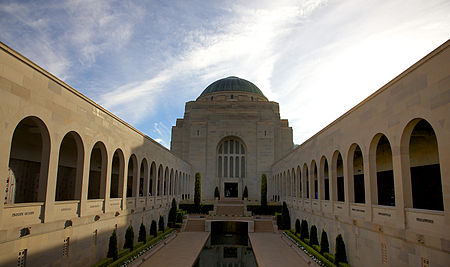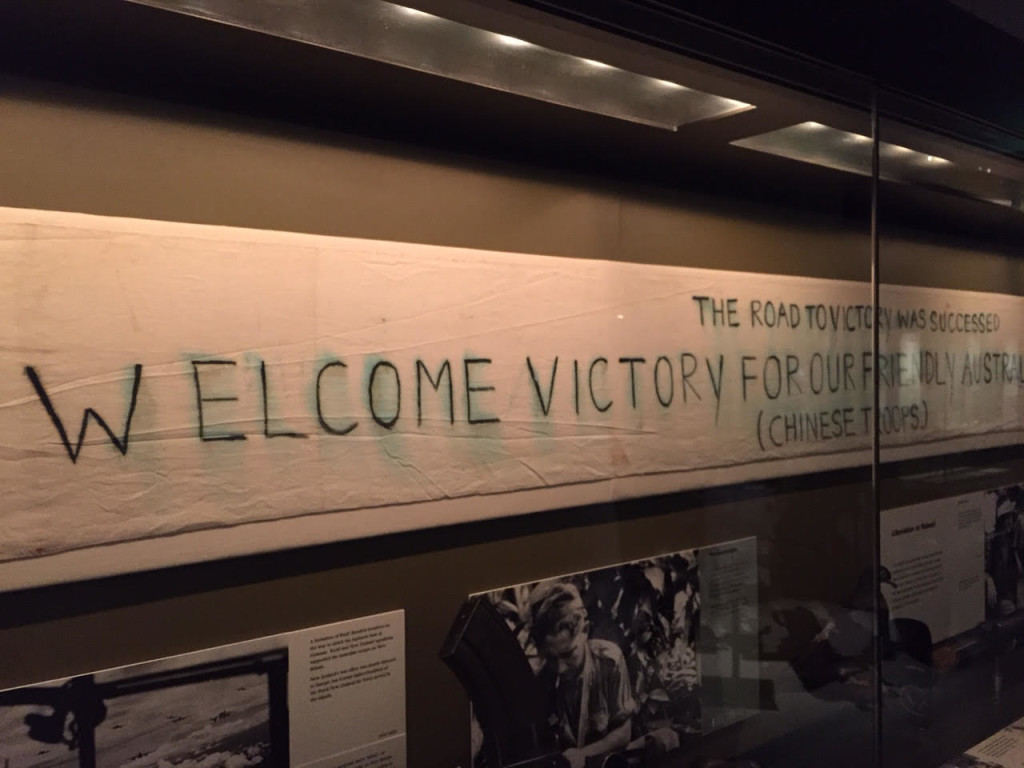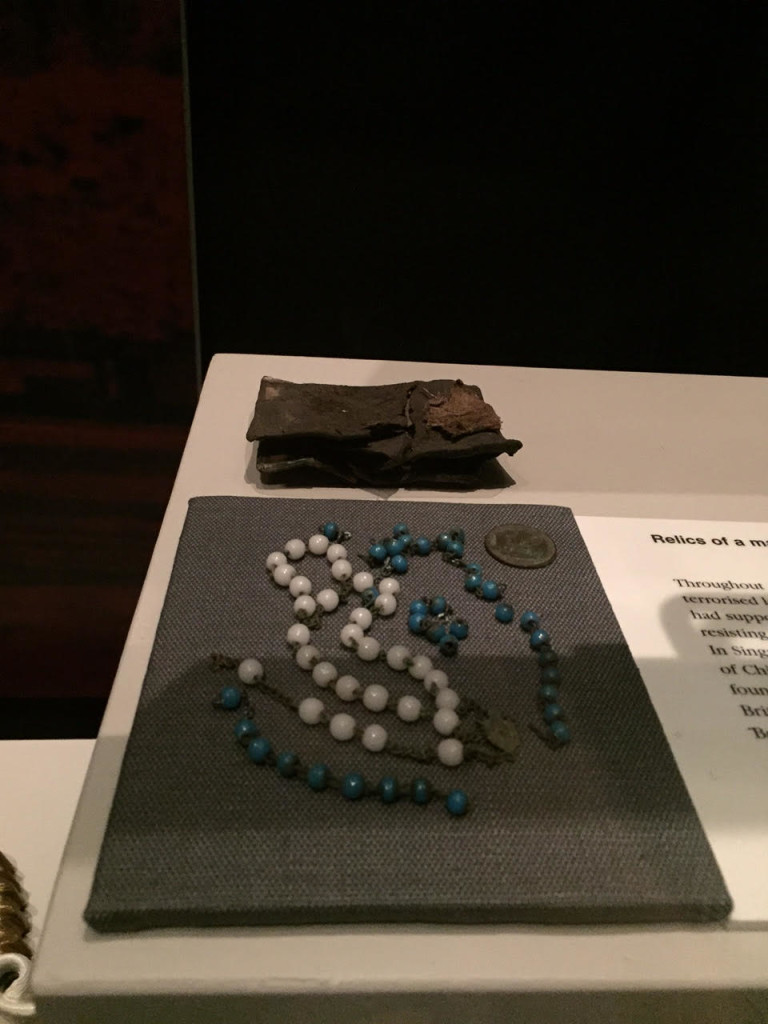China at the Australian War Memorial
- By Peter Harmsen
- 13 July, 2015
- No Comments
The Australian War Memorial in Canberra is one of the world’s main museums documenting mankind’s most destructive activity. Naturally, the War in the Asia Pacific takes up a large part of the collections, and even though Australia and China were mostly engaged in different corners of the war with Japan, there are overlaps. Here are a few photos showing how the war effort of China and the Chinese is reflected in the memorial’s rich holdings.
This banner was made by Chinese internees at Kururia Yama on New Britain to welcome Australian troops to the camp. In fact, the Australian troops were Militia, not members of the Australian Imperial Force.
Arthur Lindsay (1912-1990): Pootung POW Camp. Drawing from Shanghai, 1943. Black ink on paper. When the war began, Lindsay was working in Hong Kong. He was interned by the Japanese at the “Pootung (Pudong) Civilian Assembly Centre” in Shanghai from 1941 to 1945. Despite terrible living conditions, during this time Lindsay completed a number of watercolors and drawings which focused on people living together in confined spaces.
Australian troops who liberated Borneo established a warm relationship with its people. This banner was presented to the 24th Infantry Brigade as thanks for helping reopen the Beaufort Public School. The use of Chinese characters indicate that many, perhaps all students were Chinese.
Relics of massacre: Throughout Southeast Asia the Japanese terrorized local Chinese communities, which had supported the Nationalist Chinese forces resisting Japan’s conquest of China. In Singapore, for example, tens of thousands of Chinese were killed. These items were found with the bodies in a mass grave of British troops killed on Ballale Island, near Bougainville.








 Copyright © 2024
Copyright © 2024
Leave a Reply